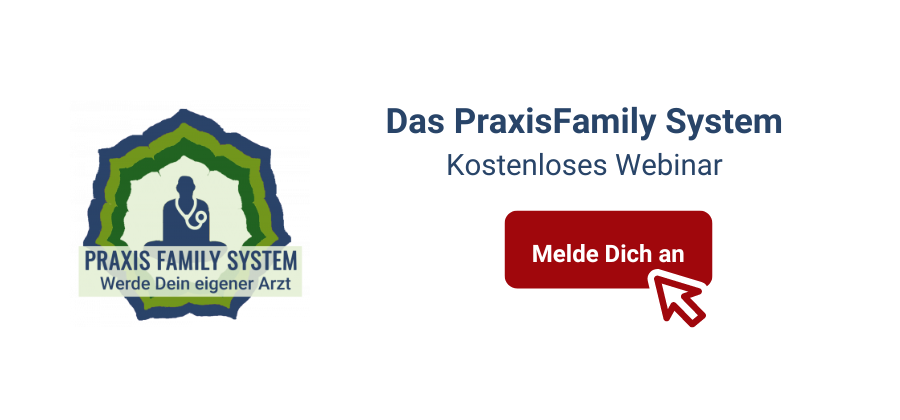The term “leaky gut” refers to a permeable intestine that is no longer able to remove bacteria and toxins from the body through the stool. The undesirable substances then enter the blood.
What is a microbiome?
Each person has his or her own very specific microbiome, which begins to form in the embryonic phase. Already in the womb, babies come into contact with amniotic fluid, not only on their skin, they also drink it. It is a microbial ecosystem of protozoa, bacteria, fungi, archaea and viruses.
The nature of the composition of microorganisms is determined by the mother, depending on her diet, origin and lifestyle. With the help of a healthy microbiome you can keep your organism healthy and prevent leaky gut.
As long as an intestinal flora is healthy, it works properly and is therefore able to select and eliminate all harmful components of the diet. Once the gut microbiome is damaged, discomfort and disease can result.
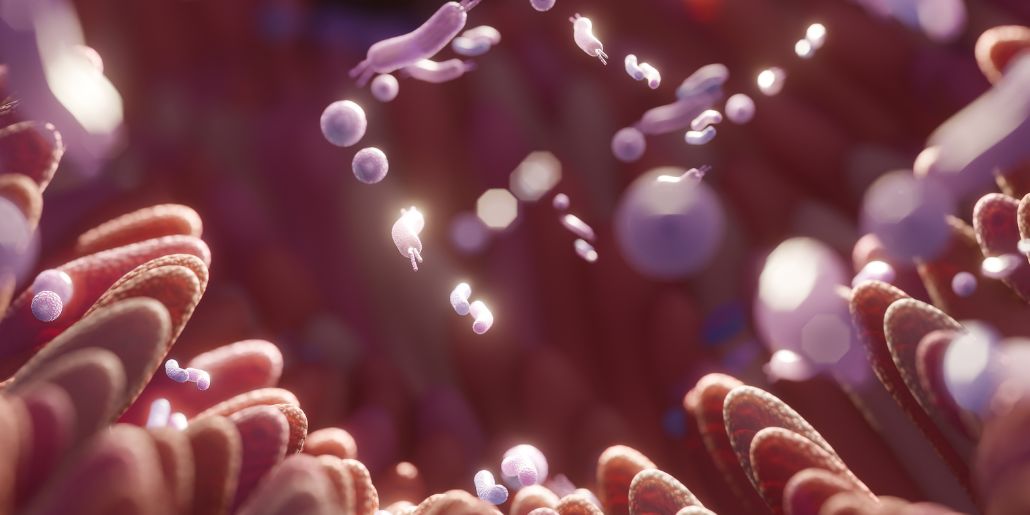
How does a disturbed gut microbiome make itself felt?
You do not feel any physical pain if your intestinal microbiome cannot work properly because it is disturbed. Nevertheless, your body senses that something is wrong. The following symptoms may indicate a disturbed gut microbiome that, if not rebalanced, can lead to leaky gut:
- Diarrhoea
- Acne / Rashes
- Feeling of fullness
- depressive mood swings
- Tummy ache
- Fatigue
- Food intolerances
- reduced efficiency
- Constipation
- and much more.
To find out for yourself whether your physical symptoms and complaints are related to a disturbed microbiome, you should test yourself using our PraxisFamily method so that you can find out for yourself how your complaints can be treated.
What can cause leaky gut to develop?
The disturbance of a microbiome in the intestinal tract can have numerous different causes. Most often it is triggered by a poor diet. Lectins are suspected of damaging microbiomes so that they can no longer protect the intestine and intestinal mucosa as they should.
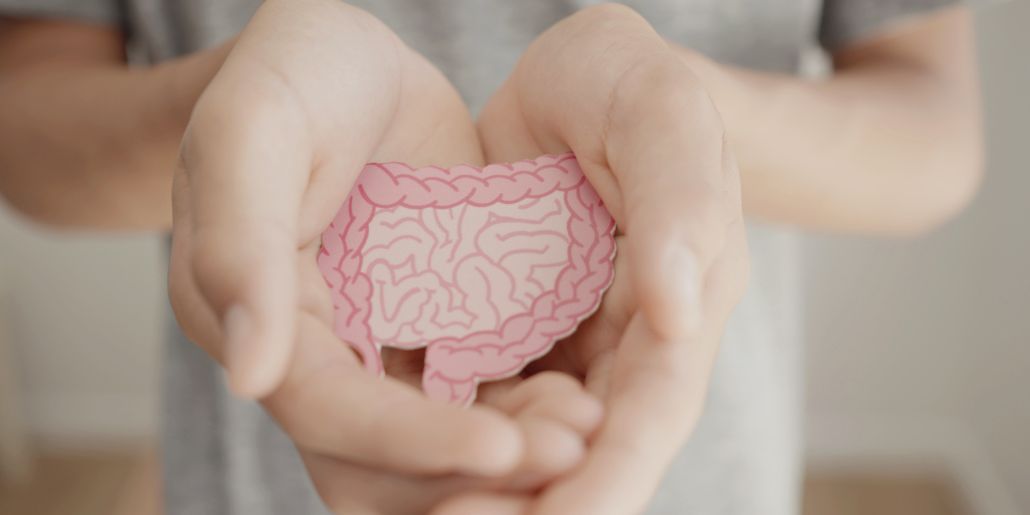
Foods rich in lectins
To know exactly how you can eat healthy and lectin free / low if you suffer from the symptoms listed above, you will find below a list of readily available foods that are free of or low in lectins:
- Millet
- Amaranth
- Broccoli
- Buckwheat
- fermented foods
- peeled and well cooked potatoes
- Sweet potatoes
- Turmeric
- Artichokes
- Celery
- Lettuces
- Asparagus
- Root vegetables
- Spinach
- Cruciferous
- Cabbage (Brussels sprouts, cauliflower, white cabbage, red cabbage…)
- Chicory
- Garlic
- Onions
Lectins are often found in the skins of plants and their fruits. They are designed to protect the plants and their fruits from predators. This protection is also very effective for many people.
You cannot taste lectins and usually do not feel any direct discomfort when you consume them along with the food. It is therefore of crucial importance that you change your diet and only prefer foods that contain no or hardly any lectins.
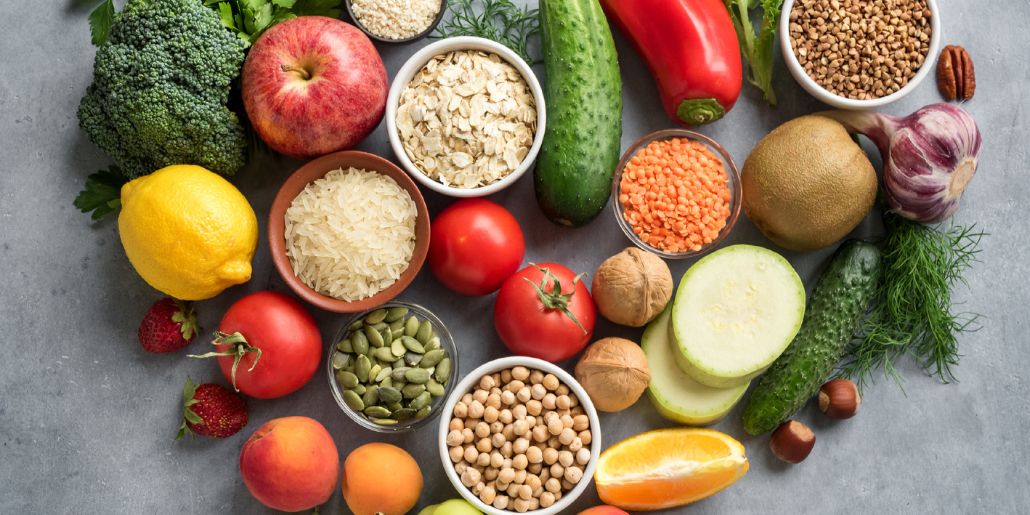
Which plants are particularly rich in lectins?
In order for you to eat a healthy diet according to your health conditions, you not only need to know which foods contain no or little lectins, but also know the foods that are particularly high in lectins. These include:
- Wheat and spelt
- Wheat and spelt
- raw tomatoes (nightshade plants in general, e.g. also peppers, potatoes, eggplants, chili, etc.)
- Legumes (uncooked and not previously soaked)
- Trans fats
- Peanuts
- Cashew nuts
- Cucurbits
- Milk and milk products that are not fermented
- Eggs
- Sausage
- Meat
Solanaceous plants and legumes no longer contain lectins when they have been cooked. However, legumes must be soaked for about 24 hours before cooking. Before cooking, you must pour away the soaking water and replace it with fresh water. The lectin in wheat is called agglutinin and cannot be destroyed by cooking or baking because it is particularly heat-resistant.
Which bread does not contain lectins?
Anyone who suffers from intestinal complaints caused by lectins does not have to give up bread. The only important thing is that you choose the right type of bread. A natural sourdough bread made from rye flour does not contain lectins if the dough is sufficiently long. If you don’t have a trusted baker in your area who can guarantee a long dough process for sourdough breads, you should try baking your own sourdough bread. It’s not that hard.
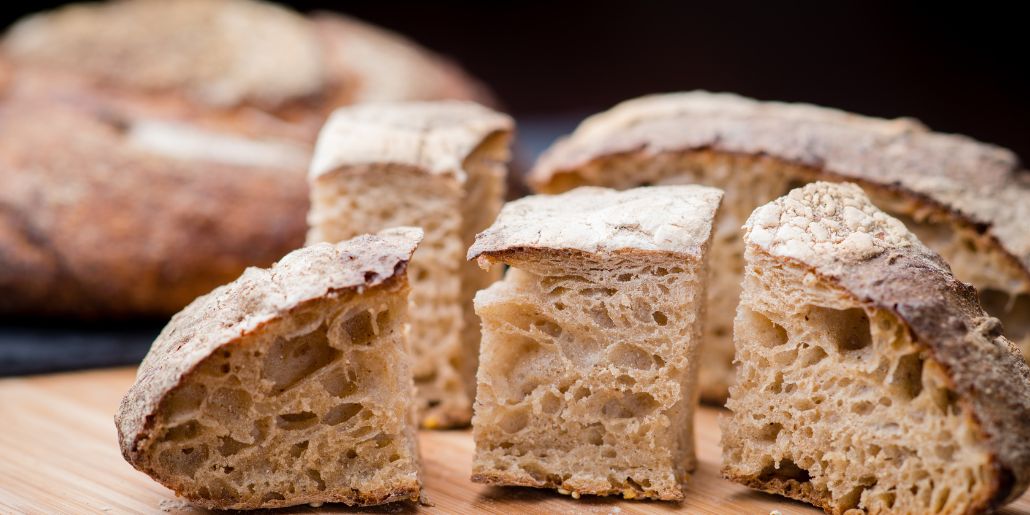
Health awareness pays off
So that you can better assess yourself, your body and your health, we as the PraxisFamily team are happy to support you. With the help of our PraxisFamily system you can test yourself and find out how you can help yourself. Sometimes a simple change in diet is all that is needed. We will show you how you can not only get to know your body and organism better, but also how you can support yourself in the area of your personal health.
The contents offered here serve exclusively for neutral information and general further education. They do not constitute a recommendation or advertisement of the diagnostic methods, treatments or drugs described or mentioned. The text makes no claim to completeness, nor can the topicality, accuracy and balance of the information provided be guaranteed. The text in no way replaces the expert advice of a doctor or pharmacist and may not be used as a basis for independent diagnosis and the beginning, modification or termination of treatment of diseases. Always consult a doctor of your choice if you have health questions or complaints! DiePraxisFamily Lld. and the authors accept no liability for inconvenience or damage resulting from the use of the information presented here.

